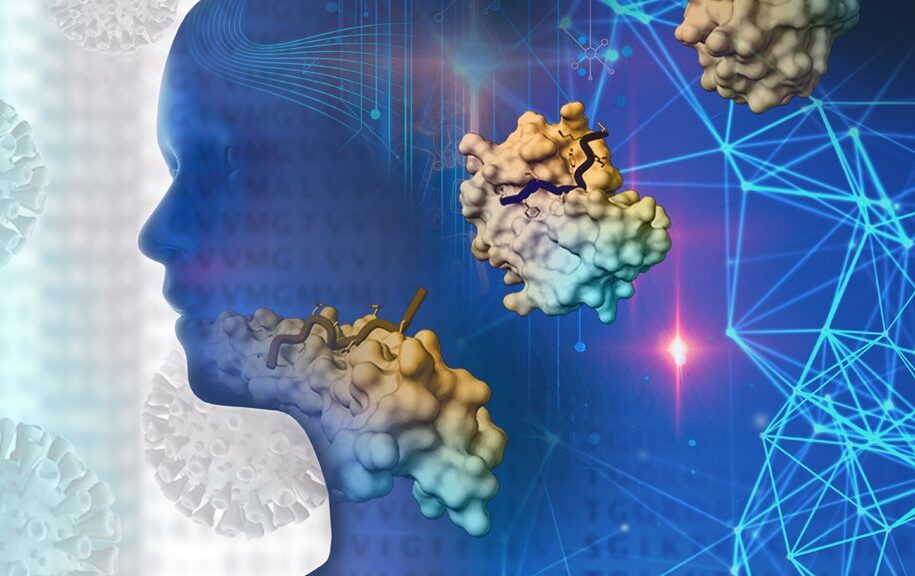What does it mean when daylight savings ends:
What does it mean when daylight savings ends: There’s a big change coming to our daily lives – the end of daylight saving time – as the days get shorter and temperatures drop. If we can understand the importance of this annual event, we will be better able to handle change. This article will explore the history of Daylight Saving Time, steps to stop it, and how it affects our daily lives and the world around us.
The Concept of Daylight Saving Time: (DST)
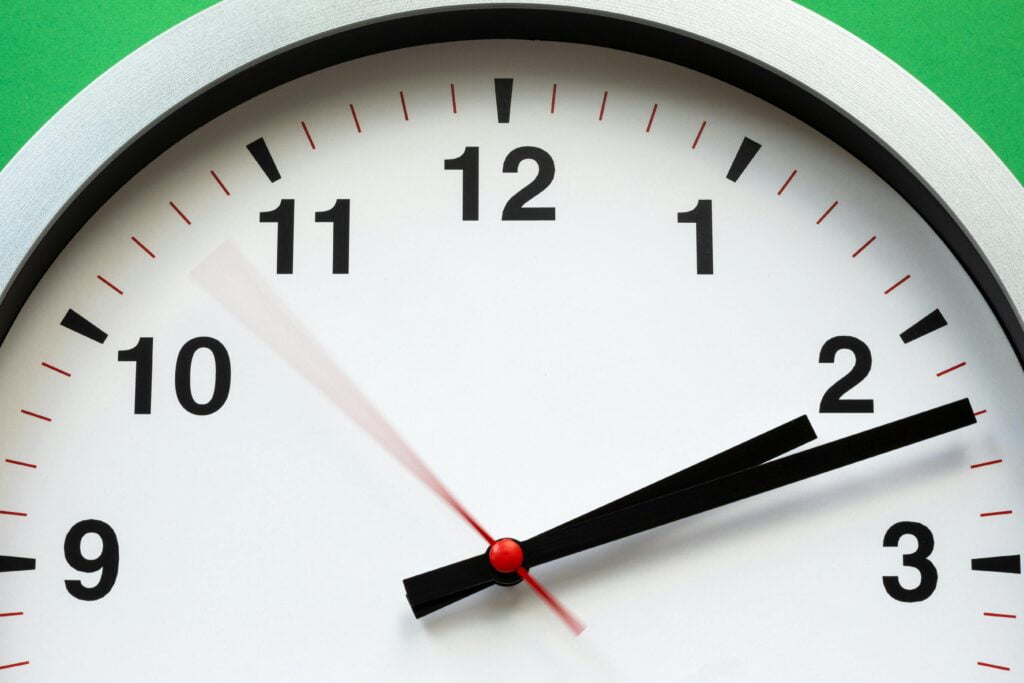
Introduction to (DST):
To make the most of longer days in spring and summer, a new process called Daylight Saving Time (DST) was introduced. To take advantage of more daylight, we will move the clocks forward one hour.
Historical Roots:
Directed Daylight Saving Time (DST) has become a worldwide practice, originally intended as a wartime measure during World War I. This idea has gained widespread acceptance, as a result of energy savings and behavioral changes due to climate change on Earth.
Energy Conservation Rationale:
Energy conservation is the basic principle of DST. Advocates claim that aligning waking hours with natural light can reduce the need for artificial lighting and heating, thereby saving energy.
Extended Daylight and Outdoor Activities:
One of the concrete consequences of DST is increased daylight in the evening. Encouraging changes in routine toward outdoor activities, social interaction, and recreational hobbies can greatly improve one’s quality of life in the summer.
Synchronization with Earth’s Axial Tilt:
DST is a way for society to align human activities with the Earth’s axial tilt. Through adjustments of our clocks, we aim to achieve a better balance between daylight and darkness, syncing our schedules with the natural flow of the seasons.
Debates and Criticisms:
Despite DST’s supporters, debate continues about the actual energy-saving benefits. Skeptics claim that the impact on energy use is minimal, leading to debate about the importance and necessity of this seasonal time change.
The Transition Back:
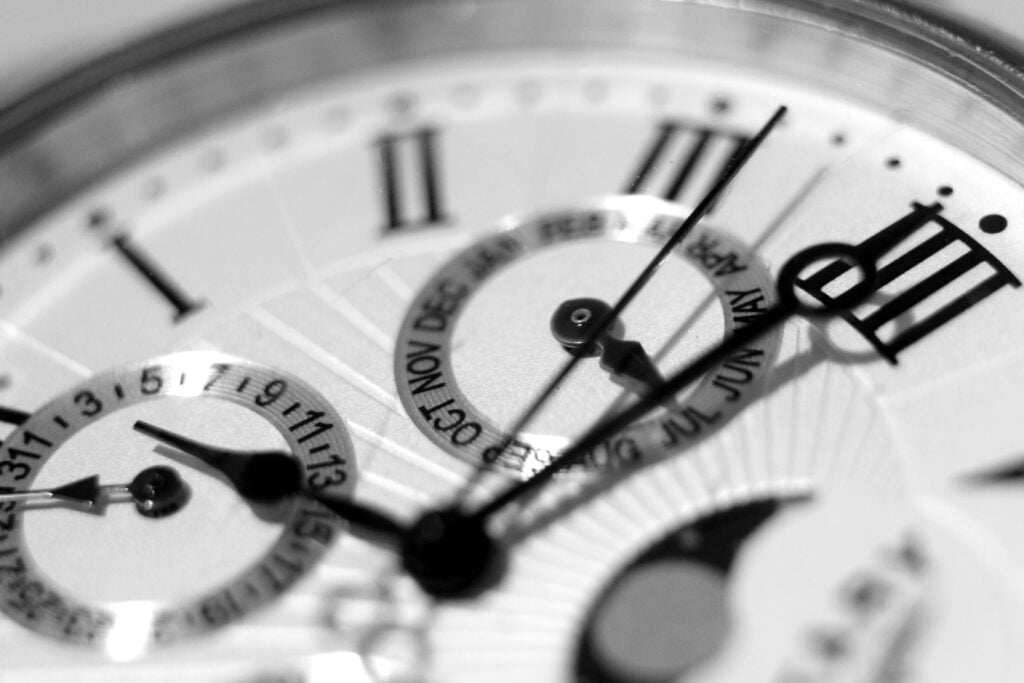
With the arrival of autumn and the falling of leaves, the end of Daylight Saving Time (DST) brings a notable change to our daily schedules. During this time, we usually adjust our clocks back one hour in autumn. Let us learn about this change in detail and how it affects our daily routine.
Clocks Roll Back:
One of the most noticeable things about the end of DST is the clocks adjusting one hour back. This adjustment occurs at 2 a.m. local time, adding an extra hour to the day. Understanding this simple but necessary change is the first step toward adjusting to the transition.
Gaining an Extra Hour:
One immediate benefit of ending DST is the gain of an extra hour. With the time change, we now have a 25-hour day. The way we decide to use this extra hour can vary – from getting more sleep to participating in leisure activities or spending more time with loved ones.
Impact on Daily Routines:
With the end of DST, it’s a good time to reevaluate our daily schedule. As night quickly approaches, some changes are required. One way to address this is to adjust the timing of outdoor activities, meal schedules, or add additional lighting to maintain a regular routine.
Seasonal Adjustment:
Besides the practical function of adjusting clocks, the return from DST represents a more widespread seasonal change. The transition from long, sunny days to shorter, darker days brings about a change in our mindset, signaling the onset of winter and the need to adjust to the changing environment.
Driving Safety Awareness:
As daylight savings time ends, there will be fewer daylight hours available, reducing nighttime visibility and making driving more dangerous. We must warn the public that traffic accidents may increase during this time of change and ask them to take extra precautions and change their commuting patterns if necessary.
Preventing Disruptions:
Preparing ahead of time for the end of Daylight Saving Time will help things run smoothly. As part of this process, you will have to make changes to your electronic devices, sync your schedule with the new time, and prepare yourself psychologically for the change in daylight. By taking proactive steps, you can make the transition easier and keep things consistent.
Gaining an Extra Hour:
Gaining an extra hour is one of the notable benefits of Daylight Saving Time ending. Now that the clocks have turned upside down, with an extra hour to ourselves, we can take advantage of this time to do what we love or get more done. By taking advantage of this extra hour we can improve our health.
Impact on Daylight Hours:
Daylight savings time has ended, which means fewer hours of daylight each day. It has the potential to influence many parts of our everyday lives, including our temperament and the work we do outside. As the days get shorter, it becomes more important to adjust your schedule to account for the diminishing light.
Adjusting Daily Routines:
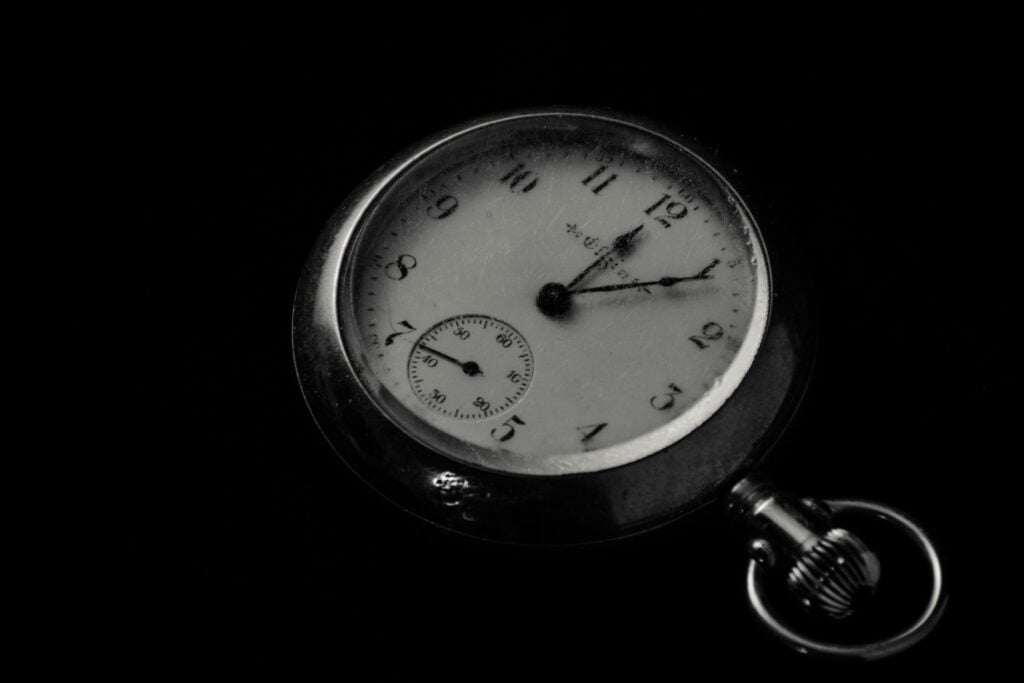
Since the clocks have changed, we have had to readjust our daily schedules to coincide with the new Daylight Savings Time. To keep things routine, we may need to adjust our morning and evening routines, accommodate darker evenings, or add more light.
Table of Contents
Seasonal Affective Disorder (SAD):
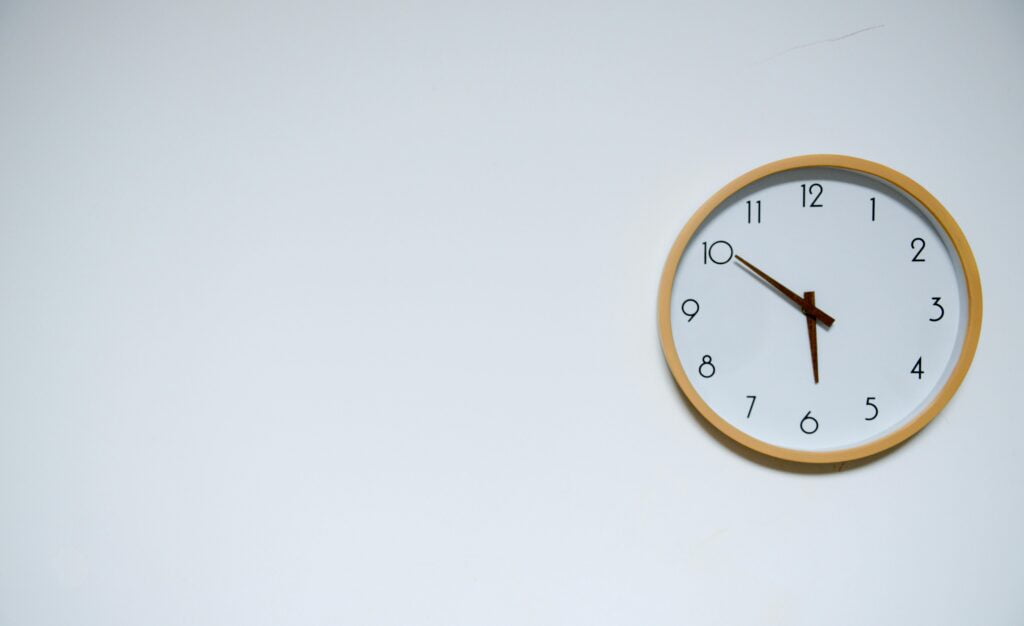
Introduction:
When the days get shorter and the nights go early, a large portion of the population struggles with Seasonal Affective Disorder (SAD). As summer approaches, the reduction in natural sunlight is directly linked to this seasonal variation in depression. The subtleties of seasonal affective disorder (SAD), its symptoms, and ways to deal with its effects on mental health will be covered in this section.
Understanding Seasonal Affective Disorder (SAD):
One type of seasonal depression is SAD, which appears most often in the cooler months of autumn and winter. Seasonal affective disorder (SAD) is characterized by a lack of energy, changes in mood and sleep patterns, and a general loss of interest in activities once enjoyed, all associated with the changing light levels of the seasons.
Impact of Reduced Daylight:
A major cause of seasonal affective disorder (SAD) is the reduced amount of daylight in winter and fall. Decreased sunlight exposure can disrupt circadian rhythms and affect mood-regulatory neurotransmitters like melatonin and serotonin, which can increase depression symptoms.
Recognizing SAD Symptoms:
The key to early intervention is to be aware of the signs. People who feel depressed all the time, sleep much less than usual, have trouble concentrating, and have changes in their sleep habits throughout the winter months may be suffering from seasonal affective disorder (SAD). Are. The correct diagnosis can be obtained by consulting a healthcare provider.
Light Therapy as a Treatment:
Many doctors recommend light therapy, sometimes called phototherapy, for seasonal affective disorder (SAD). Circadian rhythms and related problems can be improved by exposure to bright light that simulates natural sunlight. For seasonal affective disorder (SAD), light therapy sessions, especially first thing in the morning, have proven effective.
Outdoor Activities and Exercise:
You can also fight seasonal affective disorder (SAD) by encouraging people to exercise regularly and participate in outdoor activities. Getting some sunshine, especially on cloudy days, can do wonders for your energy and temperament. Make exercise a regular part of your diet to reduce the effects of shorter days.
Nutritional Considerations:
How we eat affects our mental health. Overeating or craving carbs are symptoms that some people with SAD may encounter. Your mental health can benefit from eating a well-rounded diet that includes plenty of fruits, vegetables, and whole grains.
Seeking Professional Support:
People who suffer from severe levels of SAD should seek professional help. To help with symptoms and general well-being, mental health professionals may prescribe medication or offer treatments such as cognitive-behavioral therapy (CBT).
Conclusion:
What does it mean when daylight savings ends: Finally, the end of DST marks more than just a change in clocks; It symbolizes change in our everyday lives. Make the most of this once-a-year event and ease into the dark months ahead by welcoming the season’s change and intentionally adjusting your routine.

